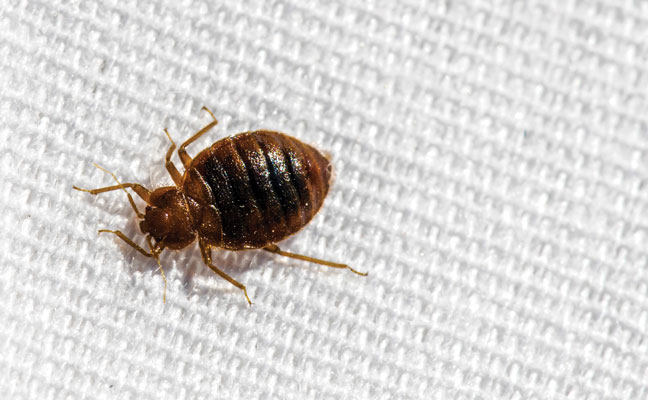
Photo: Mainely Photos/iStock / Getty Images Plus/Getty Images
Question: Judy, how can I make my residential bed bug jobs last as long as possible?
— FORTUNATE OPERATOR REQUIRING ENTHUSIASTICALLY VERY EFFECTIVE RESULTS
Answer: This is an interesting question, FOREVER, and it probably could be answered in a couple of different ways. I’m going to start with something that probably is not what you were thinking when you asked the question, but I think it’s an important place to start: The best way to make a residential bed bug treatment “last” is to kill as many as you can when you are there initially, and on any follow-ups you do. This way, you don’t need to rely on the pesticides being there long-term to kill them later.
What I mean by this is direct contact chemically with a pesticide or biocontrol, and/or with a non-chemical technique like steam or vacuuming. Physical control — what I scientifically refer to as “smashing eggs with a putty knife” — also can be effective, but it’s probably not the best use of your labor time. Product-wise, use the appropriate combination of formulations and active ingredients to ensure you reach the bed bugs’ harborage. It should not be a cookie-cutter approach; rather, take into consideration the specific needs, nooks and crannies of the account.
Another way of looking at making your treatments last is to educate your customers on what they can do to prevent bringing in bed bugs after you’ve completed your treatment. The National Pest Management Association has a wealth of information online you
can pass along to customers, including this checklist for summer vacation travel: PestWorld.org/news-hub/pest-articles/the-savvy-summer-traveler.

Judy Black
But for people who may bring them home from work, or who live in multi-unit housing where just visiting a neighbor may bring in a problem, prevention isn’t quite as straightforward. During the initial stages of the bed bug resurgence in the early 2000s, fellow Pest Management Professional Hall of Famer Dr. Mike Potter (Class of 2012) was a frequent speaker at industry conferences, telling us that one of our issues was a lack of awareness of bed bugs. We weren’t looking for them, so we had no preventive mindset.
Simply making your customers aware that they could bring bed bugs home from a workplace locker room, a hotel stay, or a neighbor’s home is an important first step in prevention.
Another way to tell how long your treatment is lasting might be to incorporate pitfall-type monitoring traps into your program. Checking them regularly (and finding them empty) may provide some peace of mind.
In other words, a combination of education and integrated pest management will maximize your treatments — regardless of pest species.
Email your questions about insect identification and pest management technologies to pmpeditor@northcoastmedia.net. Your questions most likely will be printed and answered in one of Pest Management Professional’s upcoming columns.
Leave A Comment